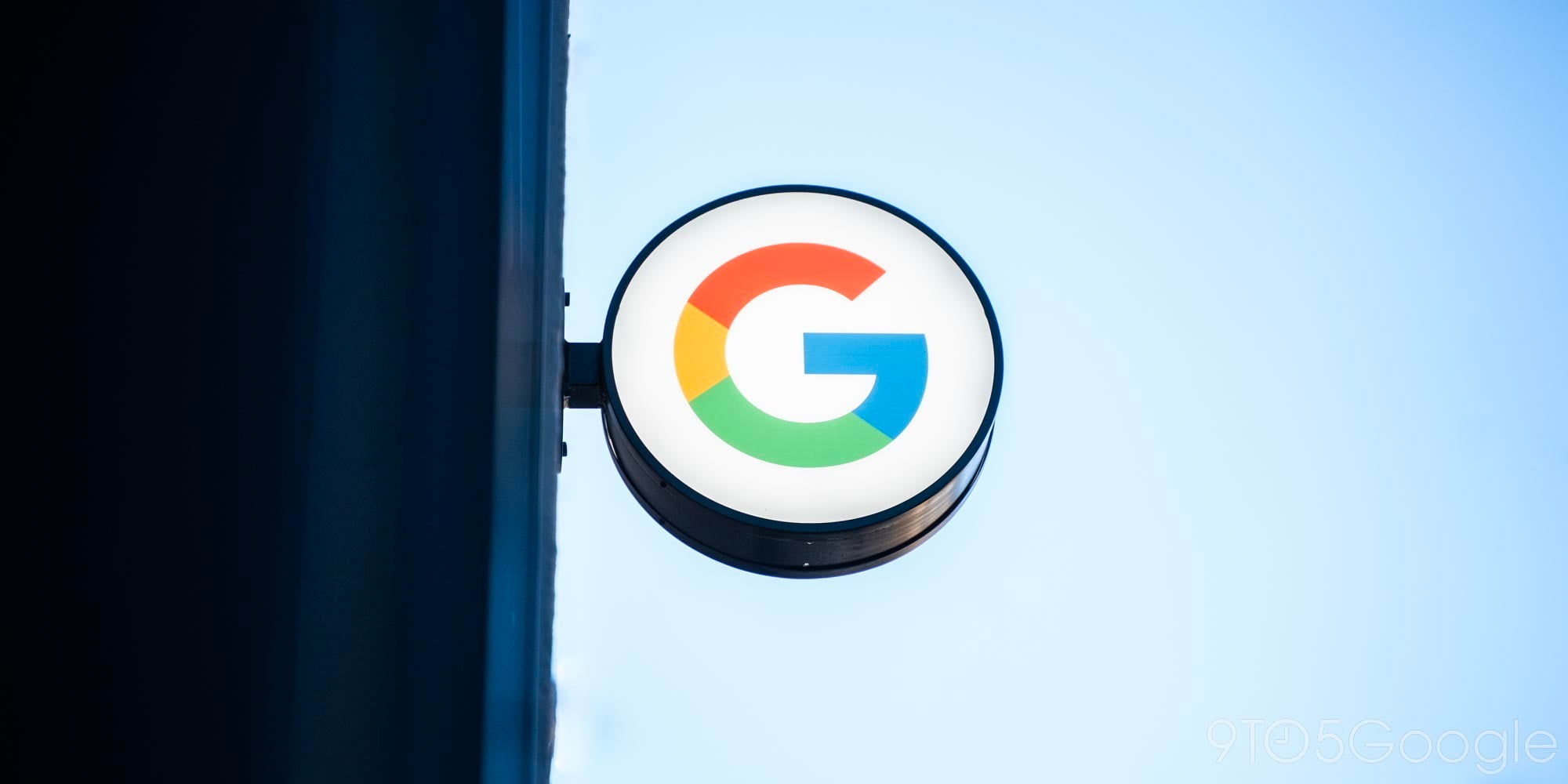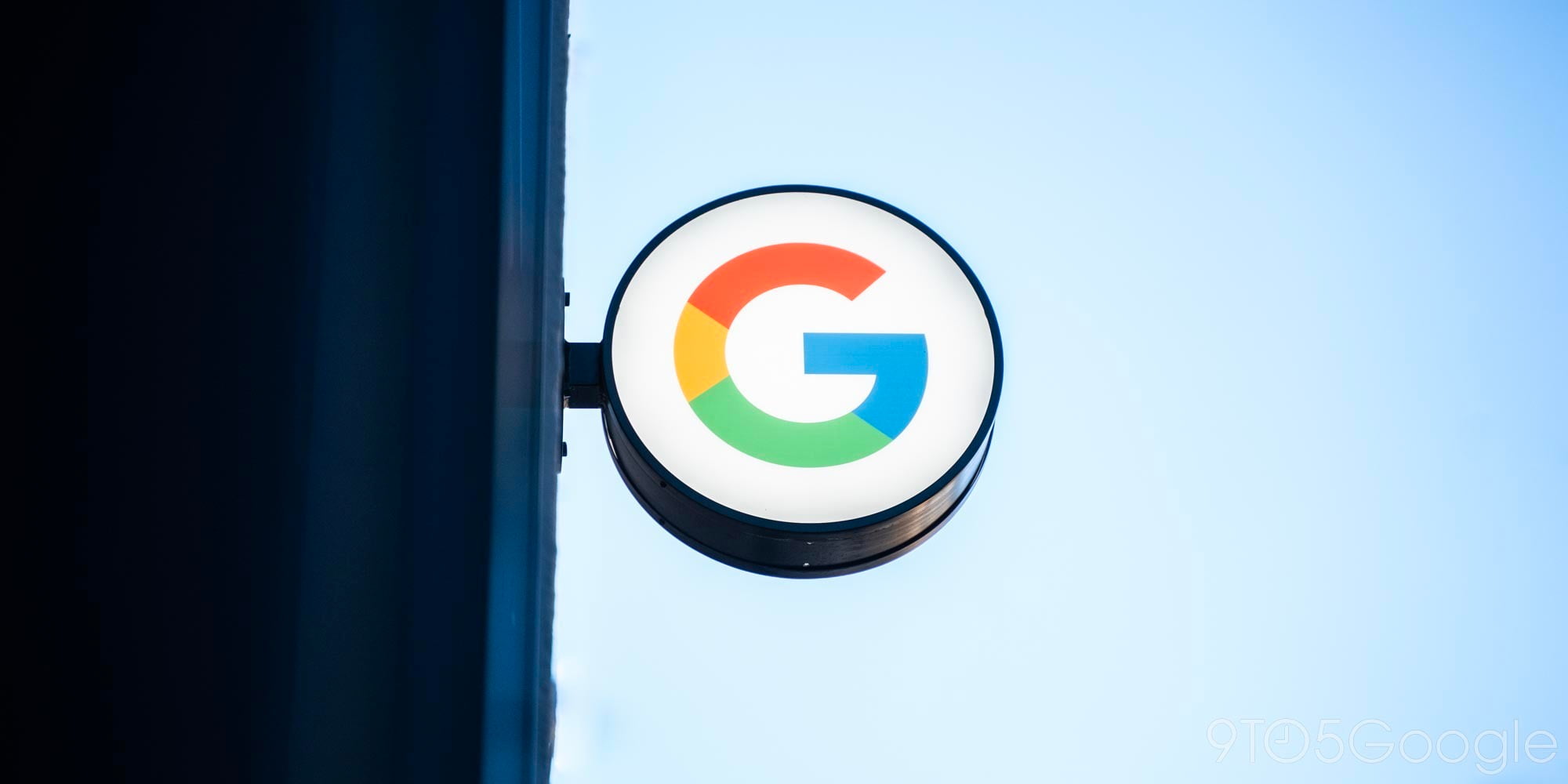
Every six months or so, Sony releases a new flagship phone to the world that looks more or less exactly like the last one. The previous Sony phone we reviewed, the Xperia XZ Premium, brought one of the first mobile 4K displays and an ultra-glossy glass design.
Conversely, the Xperia XZ1 shrinks down in display size and resolution, and instead opts for a matte aluminum design. It carries over some of the best features of the XZ Premium and improves on others, but is it enough to be worth your time and money?
Hardware
The Xperia XZ1 bares the same general design that Sony has used in every flagship for the past four years, with a flat top and bottom and sharp corners that make it a little uncomfortable to hold. Still, one of the perks of sticking with a design for so long is getting to constantly improve and refine it, and this is the certainly the most polished Sony hardware.
Rather than the slippery high-gloss glass design of the Xperia XZ Premium, the XZ1 has an all-metal build, with a smooth matte finish that hides fingerprints and smudges terrifically. The sides are rounded for some added comfort, and like every Xperia phone, it’s also sealed for IP68 dust and water resistance. It’s also notably smaller than the XZ Premium, and weighs in at just 5.5 oz.

The left side of the XZ1 is completely clean, save for the necessary antenna lines and a door for the nanoSIM and microSD trays. In typical Sony fashion, those trays are flimsy and even just opening the door causes the phone to automatically reboot, but most users won’t need to access this door very often anyway.
Along the right edge are power and volume buttons, along with a two-stage shutter button for the camera that, if you ask me, should be on every phone. It’s incredibly convenient for quickly launching the camera, focusing, and capturing images, and continues to be one of the biggest perks to buying a Sony phone.
Unfortunately, another pattern of recent Sony phones is the omission of a fingerprint sensor in the US market. Located underneath the power button, the tech is actually still there on the US model, but Sony has disabled the sensor in the software. Without an alternative like iris scanning, the lack of a quick authentication method drastically slows down secured tasks like unlocking the phone, accessing sensitive apps like bank accounts, buying apps in the Google Play Store, and mobile payments with Android Pay.
On the bright side, the XZ1 provides a much better audio experience than much of its competition thanks to its front-facing speakers, which sound loud and articulate, with a bright midrange and decent low end. When you’d rather listen to your music in private, there’s still a 3.5 mm headphone jack up top — just know that there isn’t a high-end DAC like on the LG G6 or V30.

The Xperia XZ1 has a 5.2-inch 1080p IPS LCD display with Sony’s Triluminos and X-Reality technology and HDR support. It’s a decent panel, but it doesn’t get particularly bright or dim, limiting its usability outdoors and in dark rooms. Maybe I’m ruined by Samsung’s vibrant (read: oversaturated) displays, but none of the XZ1’s three color profiles looked good at all to me. Professional and Standard Mode look completely washed out, while Super Vivid Mode goes overboard and crushes even light grays into almost pure black.
Internally, the XZ1 matches other modern flagships with a Snapdragon 835 chipset, Adreno 540 GPU, 4 GB RAM, and 64 GB of expandable storage. This all results in extremely snappy and smooth performance, whether you’re playing high-end games or running split-screen apps.
Software
The Xperia XZ1 stands out as the first non-Google phone running Android 8.0 Oreo — unless you count the LG V30, which still isn’t officially on the market yet. With that modern software comes modern features, including picture-in-picture video, notification dots and channels, and auto-fill passwords (which saves a TON of time during initial setup).
Sony’s UI customizations are light enough in that they don’t detract from the general stock Android aesthetic, but there’s still quite a lot of pre-loaded software, including Amazon, PlayStation, and Xperia Lounge. It would be nice if you could uninstall or disable more of these apps, or if at the very least the default launcher allowed you to hide the apps you don’t use, but you’ll probably want to install a third-party launcher anyway.

Though the XZ1 runs the newest version of Android, the default launcher feels terribly outdated, and a bit tedious. As if the phone were still running Gingerbread, the app drawer is paginated and horizontally scrolling, and empty home screens aren’t removed automatically. You can at least resize the home screen grid and apply icon packs, but aside from that there isn’t much customizability here. At the very least, Sony’s launcher does include the Google Now feed to the left.
Perhaps the most interesting new feature of the Xperia XZ1 is its 3D Creator software that allows you to scan all around food, faces, or even your entire head to create a 3D model. You can rotate this model around in the app and even order a 3D print, and Sony is working with developers to eventually incorporate these 3D scans in mobile games.
Camera
When I reviewed the Xperia XZ Premium over the summer, one of my biggest criticisms of its camera was that its images looked undersaturated and lifeless, and Sony seems to have fixed this problem with the XZ1. There’s a beautiful warmth to the photos from its 19MP f/2.0 camera, and while there’s no portrait mode for artificial bokeh, you can still pull off a creamy background with just enough depth of field.
One thing to note about the XZ1’s camera: it has a tendency to way oversharpen images, leading to a loss of detail that’s increasingly noticeable the more you zoom in to a photo. It’s not as bad as on the Xperia XZ Premium, but the effects are noticeable even on the phone’s screen.
Like the XZ Premium, the XZ1 is also capable of shooting slow motion video at an outrageous 960 fps — 32 times slower than real life when exporting in 30 fps. You need a ton of light for this effect to work, and you’re limited to 720p for slow-mo videos, but while it may not be suitable for professional shoots, it’s an awesome feature for quick captures to share on social media.
The XZ1 shoots steady 4K video thanks to Sony’s SteadyShot stabilization technology, and you can even record in H.265 to save on storage space without degrading quality, though by default it still shoots H.264 (likely for compatibility’s sake).
Battery life
One of the most impressive parts of using the Xperia XZ1 was seeing how long its relatively small 2,700 mAh battery lasted. In my two weeks of testing, I regularly saw over six hours of screen-on time, thanks to the phone’s power-efficient chipset, 1080p display, and the software optimizations of Oreo. The XZ1 also features Qnovo adaptive charging and Qualcomm Quick Charge 3.0 for fast refills.
Final thoughts
The Xperia XZ1 is without a doubt the best phone that Sony has ever made, but given how far Sony has continually trailed behind the competition, that’s not exactly a raving review on its own. It’s hard to recommend the XZ1 when you look at its price, which ranges from $650 to $700, depending on the color you choose for … some reason.
That kind of pricing puts it in Galaxy S8 and Pixel XL territory, both of which can be financed through carriers and offer better cameras and displays, arguably better software and design, and functioning fingerprint sensors in the US. Still, the XZ1 is one of the only phones in 2017 with a physical shutter button and front-firing speakers, along with ultra-slow motion video capture.
If you can stand to live without a fingerprint sensor or you live outside the US (or if you don’t mind flashing firmware on your US model, which could potentially void your warranty), and don’t mind the XZ1’s large bezels, this could very well be a good buy you — but even then, I’d wait for the price to go down by at least $100 before pulling the trigger … by which point there’ll be another new Xperia phone right around the corner.
Where to buy
FTC: We use income earning auto affiliate links. More.




Comments